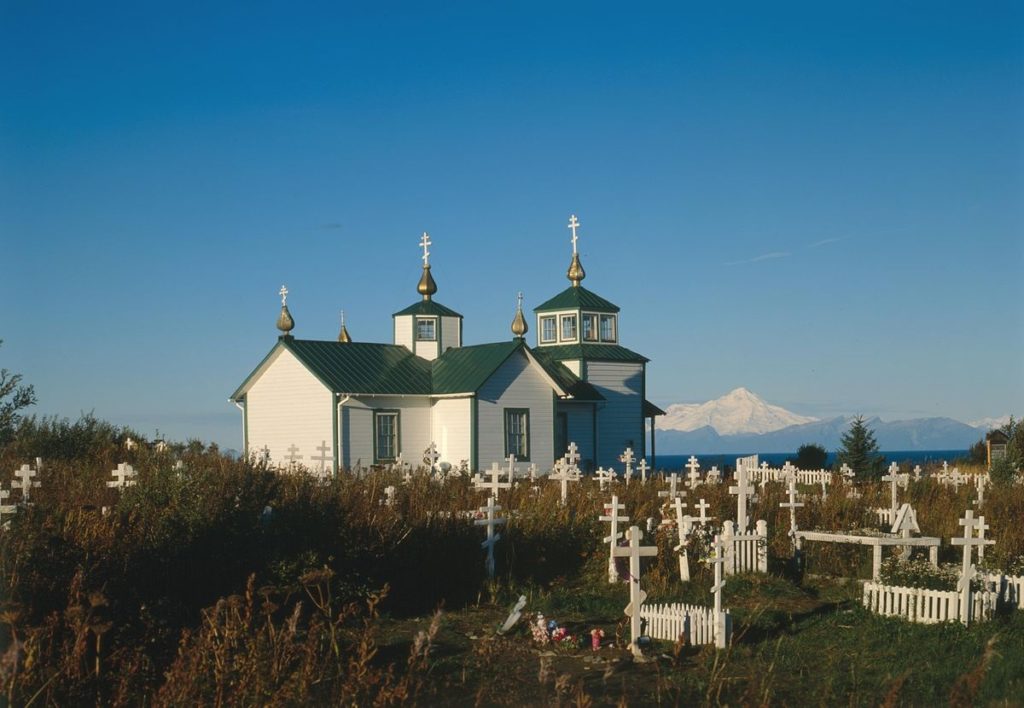“The love of freedom and independence has always been characteristic of the Icelandic People.” Independent People, by Halldor Laxness, Nobel Prize in Literature.
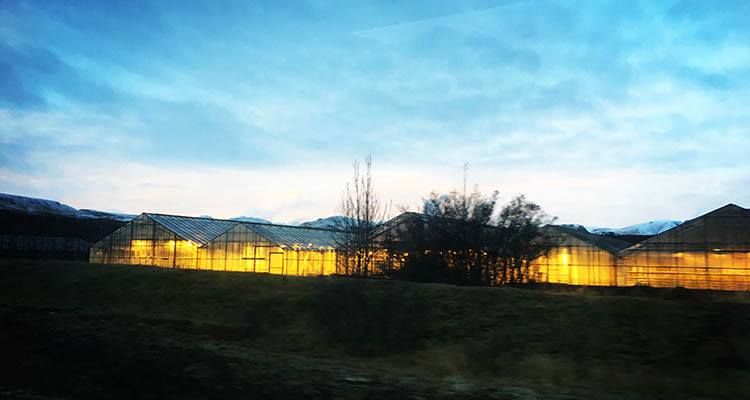
As we stood neck deep in the hot thermal waters with geysers spouting all around us, my husband and I peered through the rising steam and cold evening drizzle to see that the bright lights on the other side of this Gamle Laugin (Secret Lagoon) in Fludir were an array of greenhouses. “Thermal for tomatoes, too,” my husband quipped. I felt like one myself: very red. The lagoon was a natural 39°C and every five minutes we had to get out to cool down in the 3°C evening air.
We saw our first Icelandic greenhouses as we were flying into Reykjavik the previous evening: from the air they looked like giant glow worms dotted round this southern part of Iceland. They run on Icelandic geothermal heating, unpolluted water, and electricity harnessed from the magnificent Icelandic waterfalls such as Gulfoss, a 15 minute drive away. See essay on the geothermal standard.

After our bathe, our host at the local Guesthouse served us up pumpkin soup, a wonderful cranberry, lettuce, tomatoes red pepper and goat cheese salad. We asked him where all these out of season crops came from and he suggested we visit his friends who owned a greenhouse complex in the village.
 Helga and Guðjón are proud of their Melar enterprise. They set up their first greenhouse in 1980 and now grow tomatoes, cucumbers and lettuces all year round, independent of seasonal changes, and experiment with tropical plants picked up during their travels, as they did on a recent visit to Turkey.
Helga and Guðjón are proud of their Melar enterprise. They set up their first greenhouse in 1980 and now grow tomatoes, cucumbers and lettuces all year round, independent of seasonal changes, and experiment with tropical plants picked up during their travels, as they did on a recent visit to Turkey.
They have four kinds of tomatoes: regular tomatoes, grape tomatoes, and large and small lycopene tomatoes particularly rich in antioxidants – a good protection against heart disease and cancer. The tomatoes are naturally pollinated by bees and no toxic chemicals are used, just the pumice. Helga and Guðjón produce 300 tonnes per year. On their land outside they cultivate
Chinese cabbage, cauliflower, broccoli, kohlrabi and other varieties thanks to the warm soil on geothermal beds which allow for extended growing periods.

Pumice spewed out by the active volcano Hekla – fortunately more than a stone’s throw away – is used as a natural fertilizer; it is rich in organic carbon, nitrogen, potassium and soil acids. Helga and Guðjón heat their greenhouses with geothermal water and irrigate their crops via a highly sophisticated automated system, pumping the water through a complex network of tubes powered by Icelandic hydro electricity.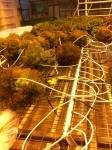
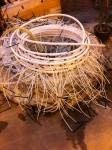

Helga and Guðjón let us try the small tomatoes: tasty, delicious, we kept going back for more. They took us to see their small office from where they mastermind the irrigation and heating system on a small desktop computer.
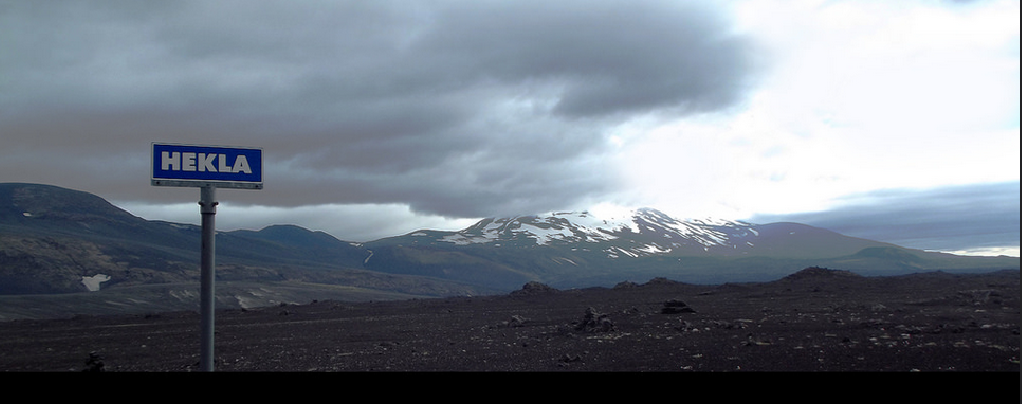
Distribution of their products is undertaken by the local Horticulturists’ Sales Company which tell us that around 90% of the product’s wholesale price makes its way back to the horticulturists. The Company vouchsafes for the freshness of the harvests and ensures regular and punctual delivery to customers in Iceland – when they can. Because distribution in Iceland is not immune to risks, mostly brought on by the very nature which allows the enterprise to thrive: volcanic eruptions. The 2010 eruption of Eyjafjallajökull proved this well, seriously crippling transport on the island, upsetting business, trade and deliveries.
We were left impressed by the hi-tech nature of their enterprise, as well by the quality vegetables, and on our way out they pointed to a stand outside on the road. Here, in contrast, was simplicity personified: a little hut offering an array of their produce which any passer-by can buy, leaving the appropriate amount of money in a box which they empty each evening. The trust is exemplary; we understood that they have never had a theft.
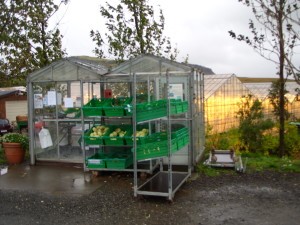
A purely Icelandic business all round – geothermally heated via Icelandic electricity, Hekla fertilizer, unpolluted local water: theirs is a model example of a green, eco friendly and entirely self-sufficient set-up, an example in miniature of the potential food self-sufficiency of Iceland.
But there are vulnerabilities for greenhouse producers, not only with distribution. Energy bills are perceived to be high and policies to balance trade with other countries have not always helped these horticulturalists… Read on: The Geothermal Standard.
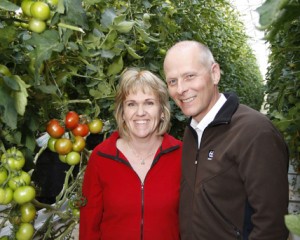
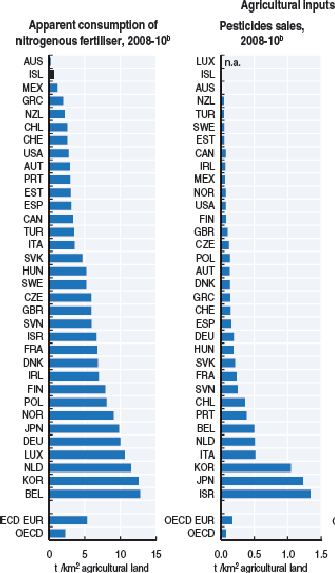
.
Gulfoss
Frenzied rush thrilling through basalt rock
gushing from ice-sea to moss-lined ravine
pure virginal water channeled too long,
but here she spreads out a calm sheenflow,
wide her sweep across stone,
then like silk-lace in layers her wedding dress
in white folds descending
while overhead sunbeams celebrate
her moment of glory captured so briefly,
rainbow crowning her reckless plunge
to the fall, to chasms where jetsam gathers
organza now ripped in the tide,
sinking in stills like others before her,
stifled in silt, drowning in darkness,
and more falling after her
falling.




